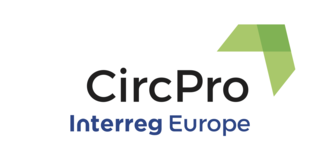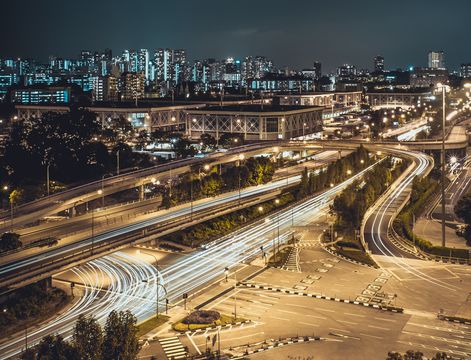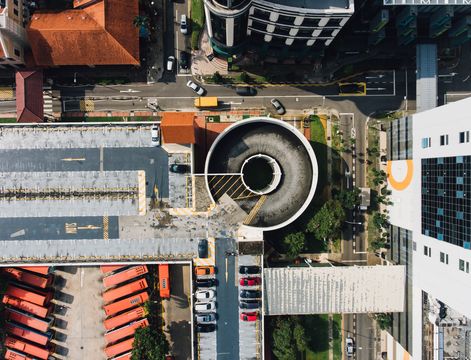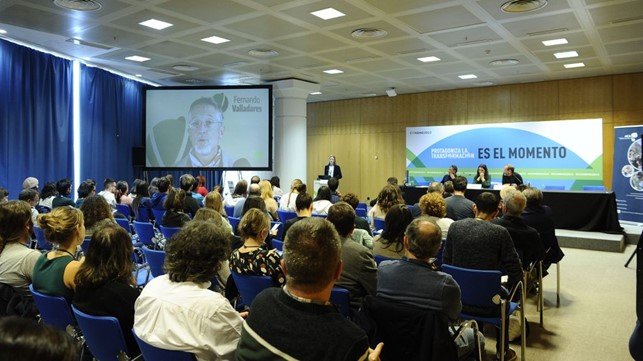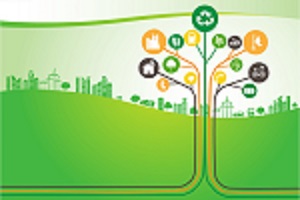As urbanization rapidly increases, growing mobility raises various problems such as air pollution, poor health (from emissions and road accidents), noise, heat-island effects, the depletion of finite resources, and high levels of congestion leading to wasted time and lost productivity. There is a high dependence on individual car ownership – instead of sharing a car, it is usually used individually by filling only 1,5 seats from 5 available. To avoid a disastrous future, it is crucial to focus on a circular urban mobility system that effectively accommodates the user’s mobility needs by diversifying modes of transport.
The solution of applying circular economy principles to mobility has now become one of the most important topics globally. Transport currently accounts for a quarter of the EU's greenhouse gas emissions and this figure continues to rise as demand grows. The European Green Deal seeks a 90% reduction in these emissions by 2050. Moving to more sustainable transport means putting users first and providing them with more affordable, accessible, healthier, and cleaner alternatives. One of the main solutions towards sustainable mobility is developing a new infrastructure customized for zero-emission vehicles and energy storage. Research shows that by 2022, more than 10% of urban vehicles will be electric or hybrids. Considering these numbers there can be seen a growing demand for better roadways, charging points, and stations for electric cars. The electrification of urban fleets should go hand-in-hand with a transition to renewable energy to reap the full benefits. Infrastructure financing can be an important focus for city governments and improved in partnership with others. By implementing circular economy principles in public procurement specifications, city governments can incentivize better designs of roads, bridges, and publicly owned vehicle fleets.
The rationalization of goods transport by pooling spaces and vehicles, as well as by linking up the territory, is essential for the growth of the circular economy. To become a country with a fully functioning circular economy, the step to start all this is to promote circular procurement in various areas including production, industry, mobility. The key actors to initiate changes are cities. Through public procurement, city governments can encourage zero-emission vehicles to spur innovation and improve the local environment. City-data on urban traffic flows can provide valuable information for the identification of circular economy opportunities in urban asset management practices.
On 17th-18th of February, 2021 Lithuanian Innovation Center will hold an event called “Sustainable transport and mobility solutions via Circular Procurement”. The agenda consists of various topics covering sustainable transport, urban mobility, and circular procurement. On the first day, you will be invited to listen to the policy panel covering the green public procurement framework and sustainability plans in Lithuania. In addition, information on the work of the Finnish buyers' groups will be presented. After discussion, you will hear few presentations of good practices of the private sector in Lithuania (DPD and Spark) and a presentation of the situation of circular economy and circular procurement in Lithuania. On the second day, you will have an opportunity to hear shared good practices by partner stakeholders and to join discussion sessions held in smaller groups.
